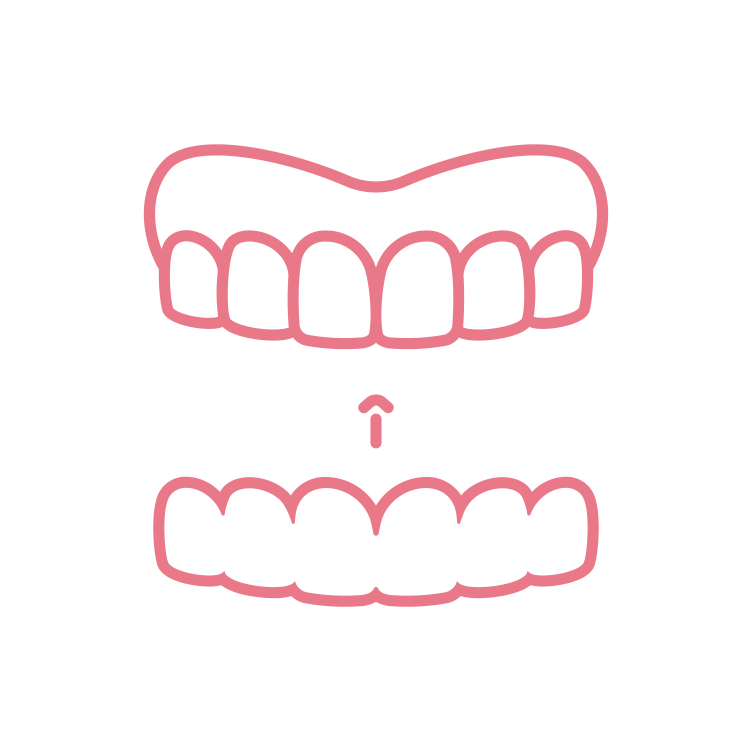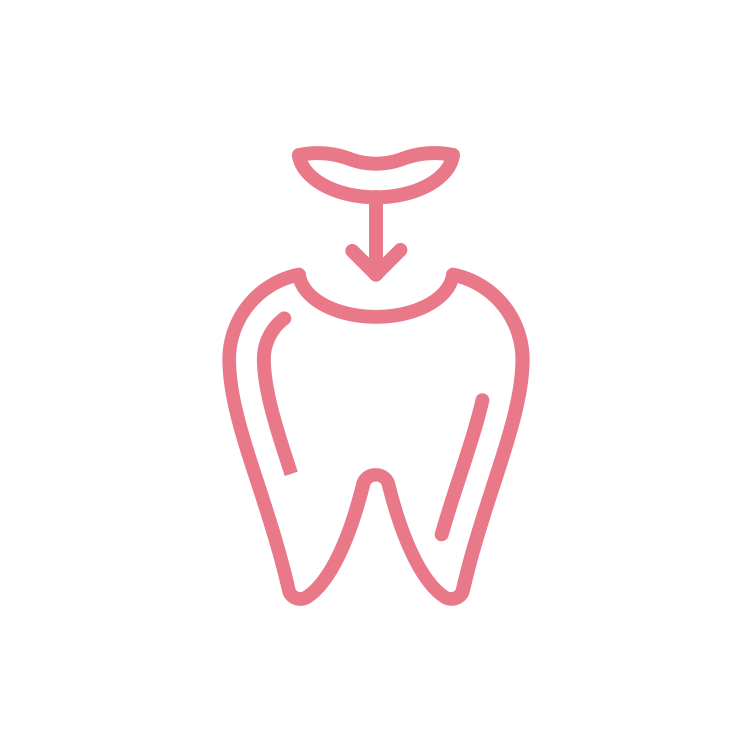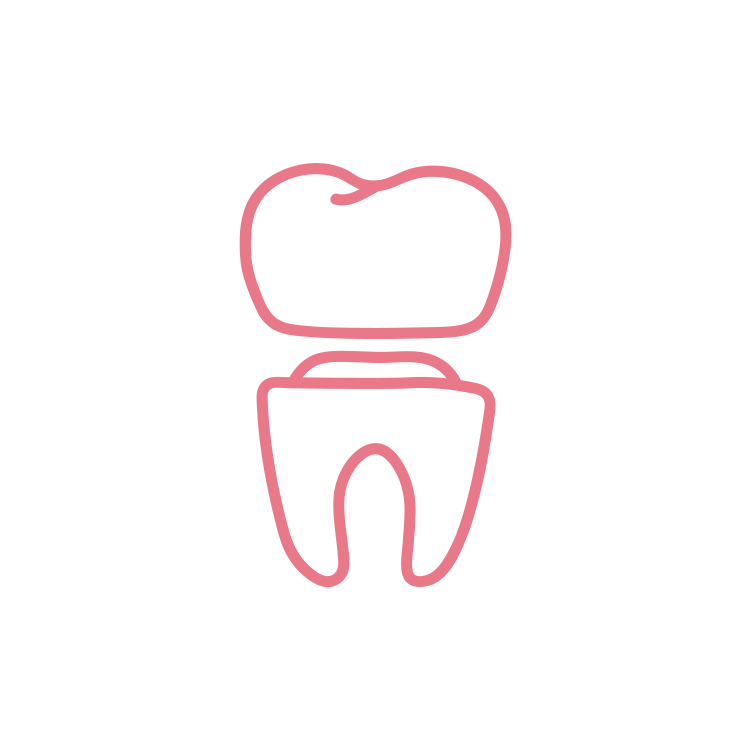The truth is, almost anyone can! Cosmetic dentistry isn't just for celebrities and movie stars anymore. It's become more accessible and affordable, making it an option for people from all walks of life.
Are you unhappy with the appearance of your smile? Do you have stained or discolored teeth that make you self-conscious? Are your teeth crooked or misaligned? If you answered yes to any of these questions, then cosmetic dentistry could be the solution for you.
Cosmetic dentistry can help improve a wide range of dental issues. Whether it's fixing chipped or cracked teeth, closing gaps between teeth, or reshaping unevenly sized teeth, there are procedures available to address these concerns. Even if your dental issues are purely aesthetic and don't affect the functionality of your mouth, cosmetic dentistry can still provide benefits. Feeling confident in your smile can have a positive impact on your overall well-being and self-esteem.
This is a common question that many people have when considering these procedures. The truth is the cost of cosmetic dentistry can vary widely depending on several factors.
- First and foremost, the specific procedure you are interested in will greatly impact the cost. Some procedures, such as teeth whitening or dental bonding, tend to be less expensive than others, like dental implants or porcelain veneers.
- Another factor that can affect the cost is your location. Cosmetic dentistry prices can vary from one city to another and even within different areas of the same city. Urban areas generally have higher costs due to higher overhead expenses for dental practices.
- Additionally, the experience and reputation of the dentist you choose will play a role in determining the cost. Highly skilled and sought-after cosmetic dentists may charge more for their services compared to those who are just starting out or have less experience.
- Insurance coverage also plays a part in determining how much you'll pay for cosmetic dentistry. Most insurance plans do not cover purely aesthetic procedures, so you'll likely need to pay out-of-pocket for these treatments.
This is a common concern among many people who are considering undergoing cosmetic dental procedures. The good news is that with advancements in technology and techniques, the pain associated with these procedures has been greatly minimized. However, each person's tolerance for pain varies, so it's always important to communicate openly with your dentist about any concerns you may have before undergoing any treatment.
Non-drill fillings, also known as air abrasion or microabrasion, are an innovative alternative to traditional drilling methods for treating cavities. Instead of using a dental drill to remove decayed tooth material, non-drill fillings utilize a powerful stream of air and tiny particles to gently wear away the damaged area. The process begins with your dentist preparing the affected tooth by isolating it with a rubber dam or cotton rolls. Next, they will use a handheld device that delivers the abrasive particles to the targeted area. The high-pressure stream of air propels these particles against the decayed portion of the tooth, effectively removing it without causing any discomfort.
- One major advantage is that they are minimally invasive, meaning less healthy tooth structure needs to be removed during the procedure.
- This is particularly beneficial for patients who experience dental anxiety or fear of the drill. The sound and vibration of a traditional dental drill can often cause discomfort and anxiety, but with non-drill fillings, these concerns are eliminated.
- Another benefit is that non-drill fillings typically do not require anesthesia. Since there is no drilling involved, patients generally do not experience any pain during the procedure. This makes it a great option for individuals who have sensitive teeth or gums.
- These fillings allow for faster treatment times compared to traditional methods. With no need for drilling, the process can be completed more efficiently in many cases. This means less time spent in the dentist's chair and more time enjoying your day.
- The non-drill fillings may result in better long-term oral health outcomes. By preserving more natural tooth structure and reducing trauma to surrounding tissues, there is a decreased risk of future complications such as sensitivity or secondary decay.
It's a valid question to ask, especially when considering any dental procedure. While non-drill fillings are generally considered safe and have been used successfully for many years, like any medical or dental treatment, there are potential risks to be aware of.
One possible risk is the possibility of tooth sensitivity after the filling procedure. Some patients may experience increased sensitivity to hot or cold temperatures for a short period following the treatment. This sensitivity usually resolves on its own within a few days or weeks. Another potential risk is allergic reactions to the materials used in non-drill fillings. Although rare, some individuals may have allergies or sensitivities to certain components of these materials. Dentists will typically perform an allergy test before proceeding with the filling to ensure that patients do not have adverse reactions.
Tooth-colored fillings, also known as composite fillings, are made up of a combination of materials that work together to create a strong and natural-looking restoration. The main component is a tooth-colored resin that is composed of a mixture of plastic and glass particles. This resin provides the filling with its aesthetic appeal, as it can be matched to the shade of your natural teeth. In addition to the resin, tooth-colored fillings also contain other ingredients, such as bonding agents and curing agents. This help to ensure that the filling adheres securely to your tooth and hardens properly when exposed to light or heat.
Tooth-colored fillings, also known as composite fillings, are a popular choice among patients due to their natural appearance. Composite fillings are made up of a mixture of resin and glass or quartz particles. This combination gives them their strength and durability. The resin material bonds well with the tooth structure, providing stability and support.
When it comes to strength, tooth-colored fillings can withstand normal biting forces without any issues. They can handle the pressure from chewing food just like your natural teeth. However, it's important to note that excessive force or grinding habits can potentially damage these fillings over time.
After getting tooth-colored fillings, it's important to take some steps to ensure proper care and maintenance.
- First and foremost, be gentle with your mouth for the first 24 hours after the procedure. Avoid biting down on hard or sticky foods that could potentially damage the filling.
- It's also crucial to maintain good oral hygiene practices such as regular brushing and flossing. This will help prevent any plaque buildup around the filling and keep your teeth healthy overall.
- If you experience any discomfort or sensitivity after getting tooth-colored fillings, don't panic! It is normal to have some sensitivity initially, but if it persists or worsens, make sure to contact your dentist for further evaluation.
- It's a good idea to schedule a follow-up appointment with your dentist about a week after getting the fillings. This allows them to check the placement of the fillings and make any necessary adjustments if needed.
- Continue visiting your dentist for regular check-ups and cleanings. They can monitor the condition of your fillings over time and address any concerns that may arise.
Remember, taking care of your tooth-colored fillings will not only prolong their lifespan but also contribute to maintaining optimal oral health. So give them the attention they deserve!
- One common indicator is severe tooth pain that doesn't subside with over-the-counter pain medications. This could be a sign of an underlying issue, such as an infection or abscess.
- Another indicator is persistent bleeding from the mouth, especially if it's accompanied by trauma or injury to the teeth or gums. In such cases, seeking prompt dental care can help prevent further complications and ensure proper treatment.
- Additionally, any sudden changes in the appearance of your teeth or gums should not be ignored. This includes chipped, cracked, or knocked-out teeth, as well as swelling and inflammation of the gums.
- If you're experiencing extreme sensitivity to hot or cold temperatures that lingers for more than a few minutes after exposure, it may indicate nerve damage or infection requiring immediate attention.
Remember that each individual case is unique and may require different levels of urgency. If you're unsure whether your situation qualifies as a dental emergency, don't hesitate to contact your dentist for guidance. They will be able to evaluate your symptoms and provide appropriate advice based on their expertise.
Dental emergencies can be painful, costly, and inconvenient. Fortunately, there are steps you can take to minimize your risk of experiencing a dental emergency.
- First and foremost, practicing good oral hygiene is key. This means brushing your teeth at least twice a day and flossing daily. By keeping your teeth clean and free of plaque buildup, you can reduce the likelihood of developing tooth decay or gum disease – two common causes of dental emergencies.
- In addition to regular brushing and flossing, it's important to visit your dentist for routine check-ups. These appointments allow your dentist to identify any potential issues early on before they become more serious problems. Your dentist may also recommend preventive treatments such as sealants or fluoride treatments to further protect your teeth.
- Another way to prevent dental emergencies is by being mindful of what you eat and drink. Avoiding hard foods that could crack or chip your teeth, as well as limiting sugary snacks and drinks that contribute to tooth decay, can go a long way in maintaining good oral health.
- Wearing protective gear during certain activities is crucial in preventing dental injuries. If you participate in sports or other recreational activities where there is a risk of impact to the mouth area, wearing a mouthguard can help protect against broken teeth or jaw injuries.
By incorporating these preventive measures into your daily routine, you can greatly reduce the chances of experiencing a dental emergency. Taking care of your oral health now will not only save you from pain down the road but also save on potentially expensive emergency treatment costs later on!
In case of a dental emergency, it's crucial to act quickly and seek immediate help from an emergency dentist. Here are some steps you can take if you find yourself in this situation.
- Stay calm. It's natural to feel panicked during a dental emergency, but remaining calm will help you think more clearly and make better decisions.
- If you have severe tooth pain or swelling, rinse your mouth with warm saltwater. This can help alleviate discomfort until you can see the dentist.
- If a tooth gets knocked out completely, handle it carefully by the crown (the part that is usually visible in the mouth) and try to reinsert it into its socket. If that isn't possible, place the tooth in milk or saliva to keep it moist while rushing to see the dentist.
- For broken or chipped teeth, rinse your mouth with warm water and apply gentle pressure using gauze or a clean cloth if there is bleeding. Save any broken pieces, if possible, for potential reattachment by the dentist.
- If there are objects stuck between your teeth, causing pain or discomfort, try gently flossing around the area to dislodge it. Do not use sharp objects as they may cause further damage.
Remember that these tips are temporary measures until you reach an emergency dentist who can provide appropriate treatment for your specific situation.










